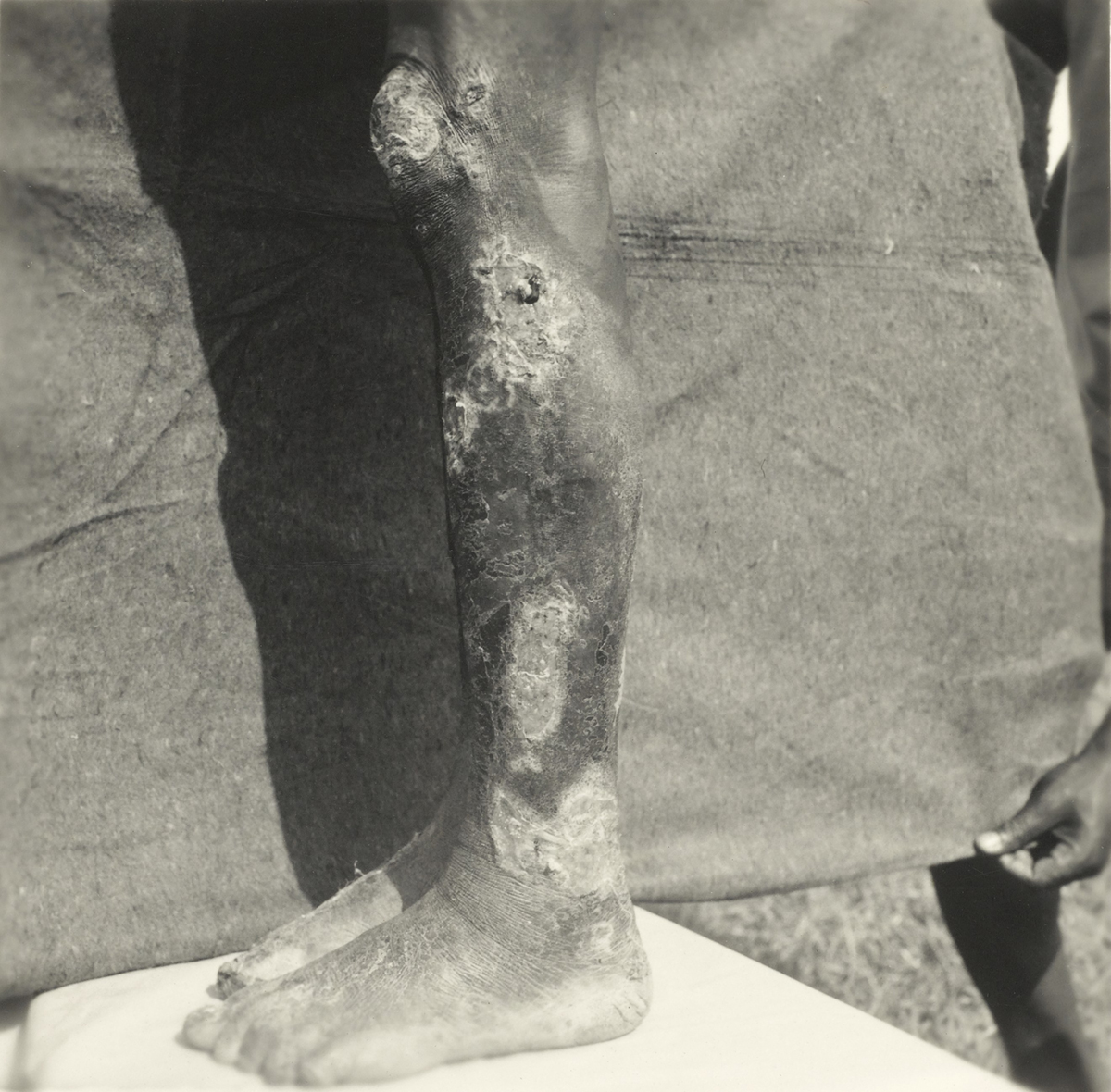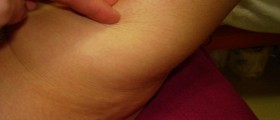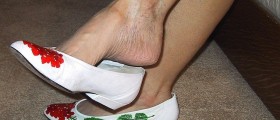
Leg Ulcers
Leg ulcers are open sores predominantly affecting the calf. They develop in certain medical conditions and it takes them around six weeks or more to completely heal. These skin changes are itchy and painful. The affected leg can be additionally edematous.
Causes of Venous Leg Ulcers
Basically, the cause of venous leg ulcers is insufficient circulation of the blood in the legs. Unlike arteries which supply all the body cells with oxygen, the veins are in charge of transferring the blood rich in carbon dioxide to the heart and lungs where the blood is deoxygenated.
In case that veins do not function properly insufficient circulation occurs. This condition means that the blood is not coming back to the heart adequately. Instead it accumulates in the venous system and this consequently results in increased blood pressure in the affected veins. If the increased pressure lingers the excess of fluid accumulates around the veins and leads to edema. Prolonged edema affects the blood supply of the skin with nutrients and oxygen and if this condition lasts long enough the ulcers form. Inflammation of the swollen area additionally enhances the process of ulceration.
Risk factors for venous insufficiency and consequent ulcers include obesity, prolonged immobility and deep vein thrombosis. Furthermore, people who are suffering from varicose veins are also at higher risk of developing ulcers. These painful skin changes may also affect people with broken leg bones. Insufficient blood flow is so typical for old age that this group of people actually carries the highest risk of venous leg ulcers.
Diagnosis of Venous Leg Ulcers
The diagnosis can be easily set after the patient mentions all the necessary data regarding symptoms and signs of the skin changes and after the doctor performs full examination of the affected leg. The doctor will additionally try to establish the underlying cause of a venous leg ulcer.
The diagnosis can be definitely confirmed or ruled out by Doppler studies. This test perfectly differentiates venous ulcers from arterial ulcers.

















Your thoughts on this
Loading...